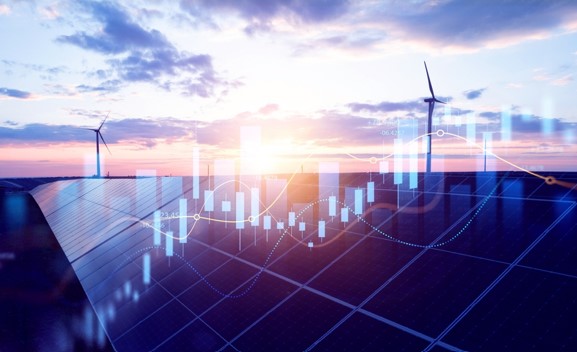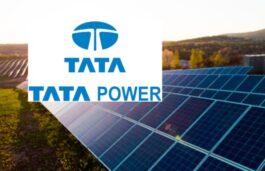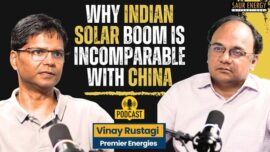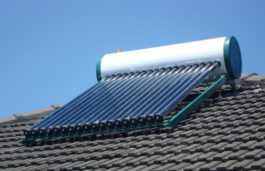Highlights :
- A rise in solar costs in China will certainly help its producers, swimming in red ink currently.
- It could also reduce pressure in importing markets to impose more punitive tariffs

As the Chinese New Year holidays start on Jan 29, like always, the country is already preparing for the massive national holiday, which will run into the first week of February. For the Chinese solar sector, and by extension, a large part of the global solar sector, it is the post-holiday changes that will be tracked very carefully for solar prices in 2025.
Recent announcements of agreements between the leading Chinese Polysilicon makers, followed by solar manufacturers, and in between, even the Wind energy manufacturers from the country will finally face the test of market realities. The biggest factor of course is the start of the Trump Presidency, where Chinese module giants might face a new barrage of protectionist measures, including higher tariffs in the US. While they have worked hard to cut down dependence on the US market in terms of direct exports from China, their bigger pain point, extremely low prices will demand greater focus now.
Gradual creep up of Polysilicon price
The early signs are beginning to become visible, in the gradual creep up of Polysilicon prices this week, estimated to have risen by almost 2% since December 25, 2024. This rise has been attributed to a fall in output as agreed between the top producers.
N-type polysilicon re-feeding material was priced at USD 5,700 per ton last week, up 0.5 percent from the previous week, according to data from an industry body. N-type granular polysilicon prices also rose 0.5 percent to USD 5,330 per ton, while P-type polysilicon climbed 0.9 percent to USD 4,650 per ton.
It claims that all producers lowered output last quarter, with 800,000 tons of newly completed projects delaying production. Overall polysilicon production declined by 22 percent in December from a month earlier with a further drop to below 100,000 tonnes expected in January. Those numbers will certainly help clear piled up inventory. Importantly, higher prices in China might temper the Trump administration’s threats to impose fresh additional tariffs as high as 20% on imports.
Wafer manufacturing could lead to a rise in prices
Similar moves, if successful with upstream producers involved with wafer manufacturing could lead to a rise in prices finally, by as early as April 2025 some estimate. Earlier, most industry watchers had expected to see any price rises only in H2 of 2025. The rising prices couldn’t come sooner for players like LONGi solar, which has predicted a $1.1 billion loss this year in 2024-25.
For Indian manufacturers still heavily dependent on Chinese inputs for wafers and cells, higher prices could severe pressure on margins, where they have enjoyed a dream run this past 12 months. Simply because passing on costs beyond a point is simply not going to be possible in a price sensitive market like India, where even now, many developers and developer bodies have been loudly clamouring against the high prices of DCR modules, even accusing manufacturers of going slow on their cell making projects to keep prices higher. The truth as always, is somewhere in between, with many manufacturers struggling to stabilise their cell manufacturing, a vastly more complicated process than module assembly, even as established players do benefit from the demand supply mismatch.
But if final prices were to cross the 26-27 cent/watt threshold in India, we have usually seen a strong pushback from offtakers. So far, it has been the faster than expected drop in energy storge costs that has supported the inelastic solar costs, but the drop in energy storage can only go so far.






























